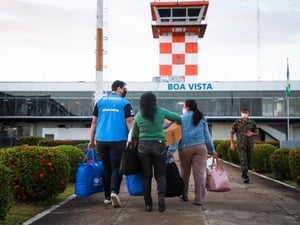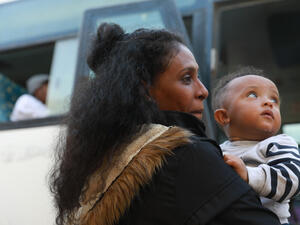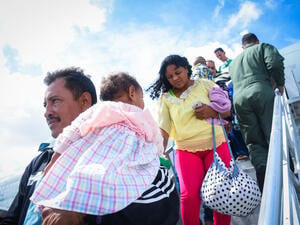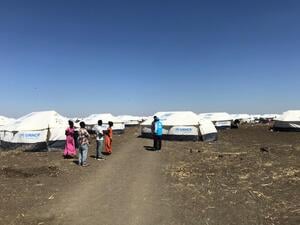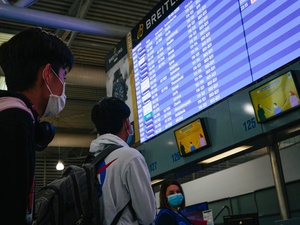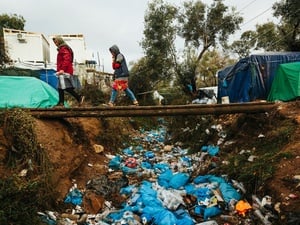UNHCR seeks more sites in Chad as relocation speeds up
UNHCR seeks more sites in Chad as relocation speeds up
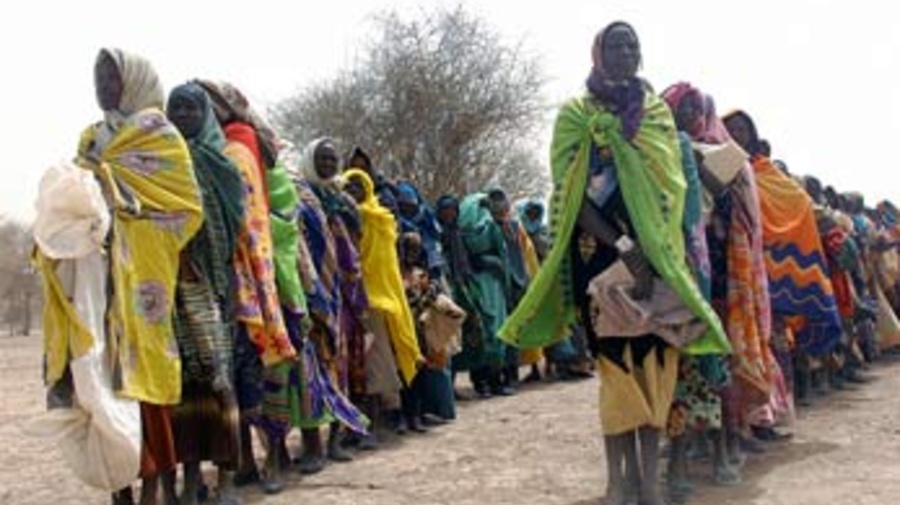
Sudanese refugee women waiting for aid distribution in Bahai border town, north-eastern Chad.
ABECHE, Chad, April 2 (UNHCR) - With more than 20,000 Sudanese refugees already moved to five camps in eastern Chad, UNHCR and its partners are fast running out of room and are urgently looking for more sites to transfer the refugees from the insecure Chad-Sudan border.
Since January, 20,084 refugees have left their makeshift shelters along the border for five camps in eastern Chad, where they receive regular assistance. The majority of them were transferred by UNHCR and its partners, while smaller groups arrived at the camps on their own, some travelling on foot to accompany their livestock.
Of the existing five camps, Farchana hosts 5,310 refugees; Kounoungo has 4,692; Touloum has 5,804; Iridimi has 3,494; and Goz Amer 1 has 784.
The pace of relocation has steadily increased since the UNHCR-organised movement started in January. The agency can now transfer more than 1,000 people every day in 40 trucks and three buses, and is rushing to relocate as many refugees as possible before the rainy season in May makes roads impassable to heavy trucks.
Of immediate concern are an estimated 5,000 refugees in Daguessa, located in the southern part of the 600-km stretch of border along which some 110,000 people settled after fleeing the conflict in western Sudan's Darfur region. Because the refugees in Daguessa are suffering from significantly higher levels of malnutrition and illnesses than those in other border sites, UNHCR hopes to start transferring them to Goz Amer 1 camp as soon as this Sunday.
At the same time, the agency hopes to continue simultaneous convoys from Mouraye to Goz Amer 1 in cooperation with partners like MSF-Holland and the Chadian government's CNAR.
The other camps are filling up quickly, with Farchana, Iridimi and Kounoungo camps expected to hit maximum capacity within 10 days. Touloum stopped receiving new arrivals two weeks ago, pending increases in its water supply.
UNHCR's site planner has spent several days in the field identifying and assessing new relocation sites - Abnebak in the north, between Iriba and Guéréda; Tangore, near Farchana; and a site near Goz Beida in the south.


